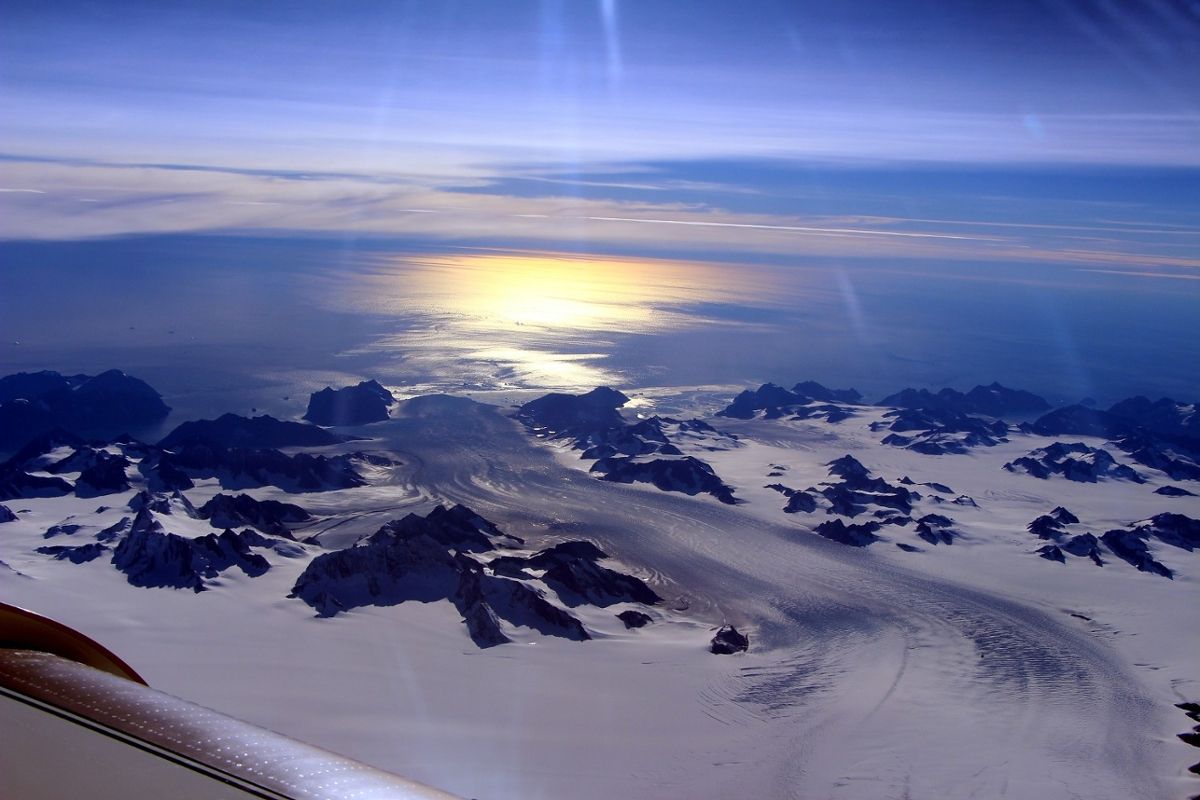Earth’s climate is warming due to human activities such as burning fossil fuels. During this century, climate change could cause a disruptive rise in sea levels worldwide due to melting polar ice. This is a critical problem. More than forty percent of all humans live within sixty miles of a seacoast and eight of the world’s ten largest cities are coastal.
The huge ice sheet covering Greenland is pivotal to this threat. But, climate scientists’ ability to forecast melting of the Greenland ice sheet is hampered because most data on temperatures in Greenland come from weather stations along its inhabited coasts, and covers only the last two hundred years at best. Until recently, they didn’t know enough about temperatures in Greenland’s remote central portions or over a longer timescale.
In 2023 a team of German and Danish scientists published their analysis of ice cores drilled from sites across the ice sheet in northern central Greenland. Oxygen was trapped in this ice at the time of its formation. The ratio of two different forms of oxygen, called isotopes, that are trapped indicates the average air temperatures when the ice was formed. By measuring these isotope ratios, the researchers determined changes in air temperature in central Greenland over the last thousand years.
This long term record allowed them to compare natural variations in temperature before the industrial revolution, and changes over the last two hundred years. The researchers found a clear increase since the industrial revolution in tandem with human activities. They also noted an increase in the frequency and size of summer melting events. This data will help future research better estimate how fast the seas will rise.










